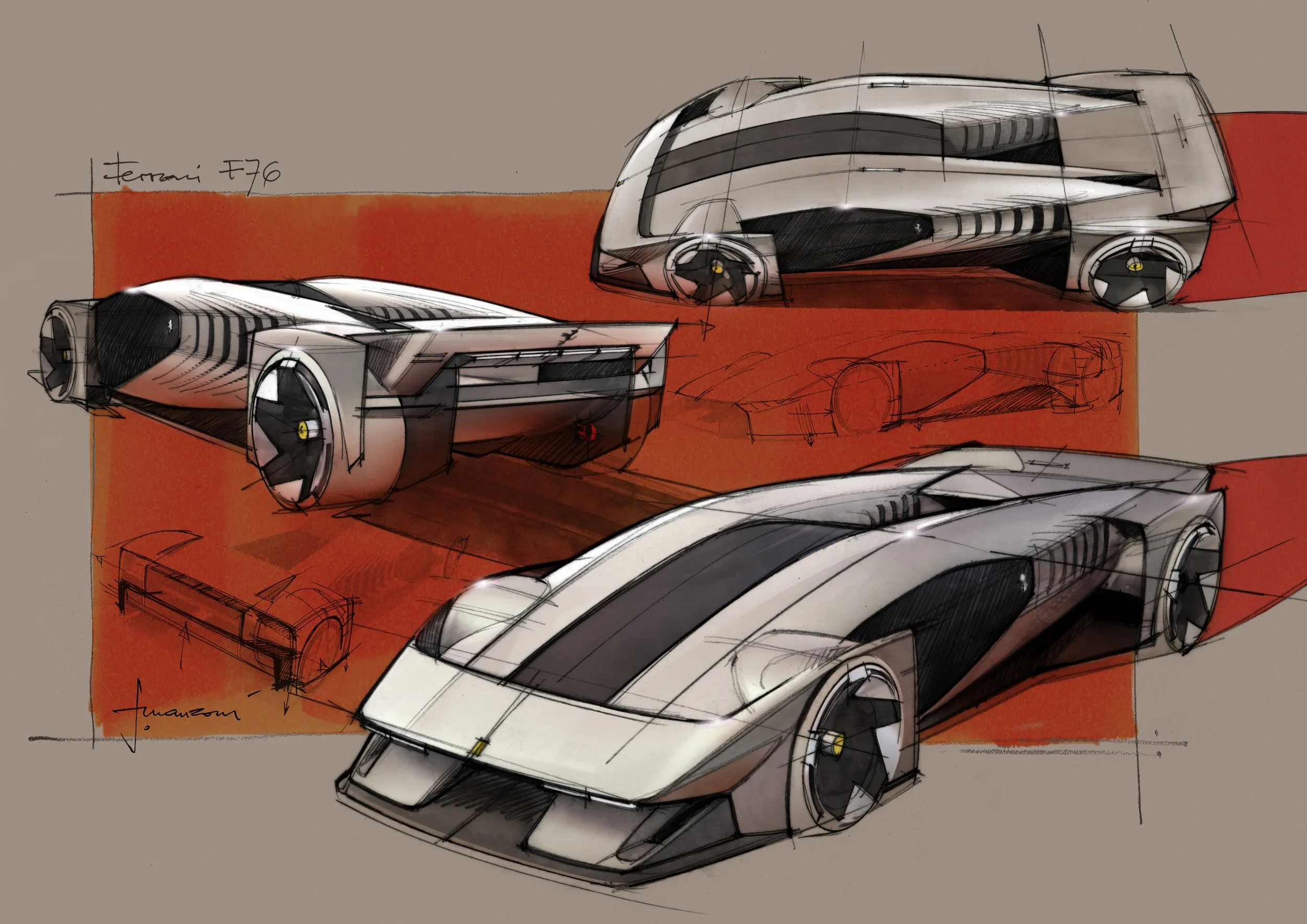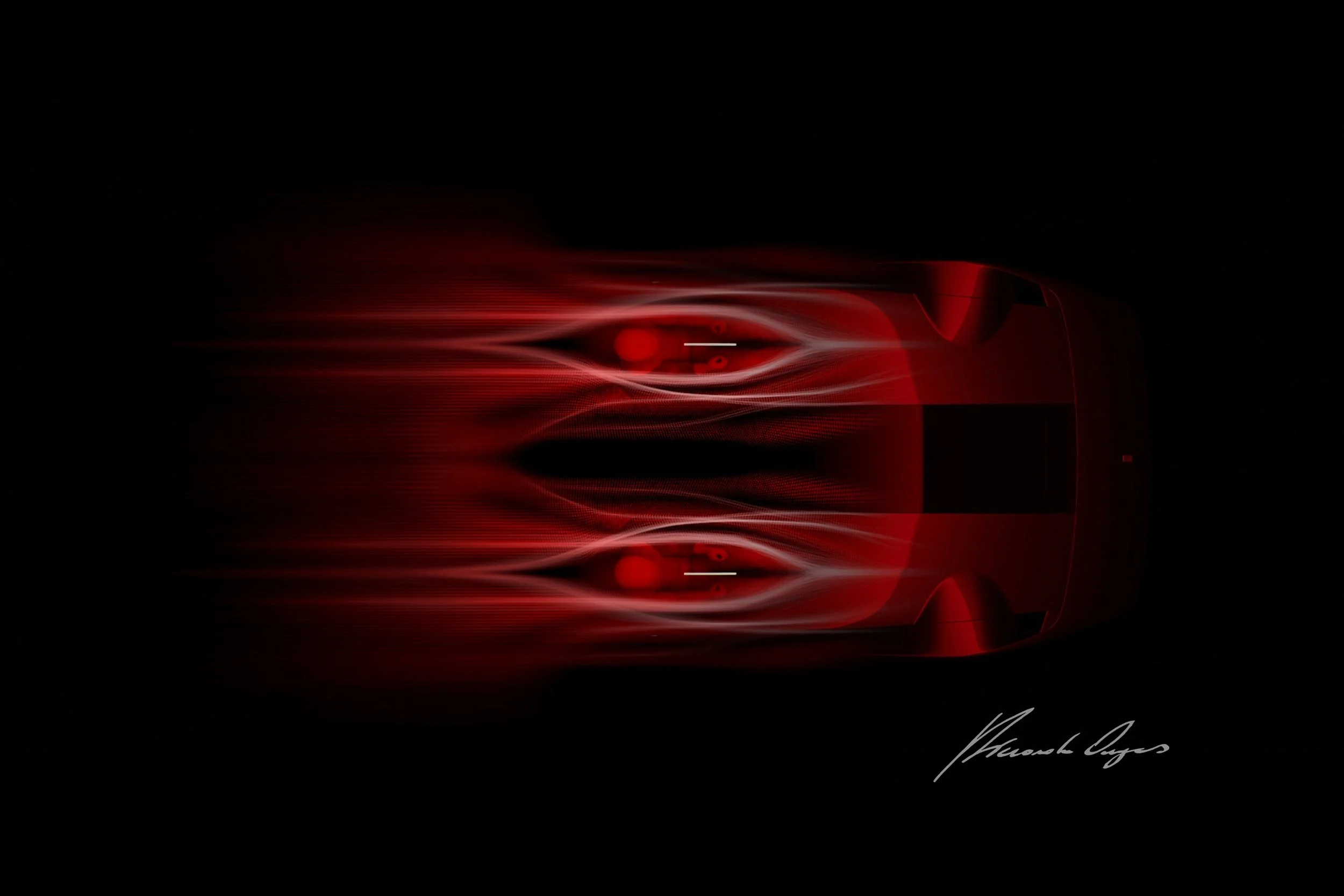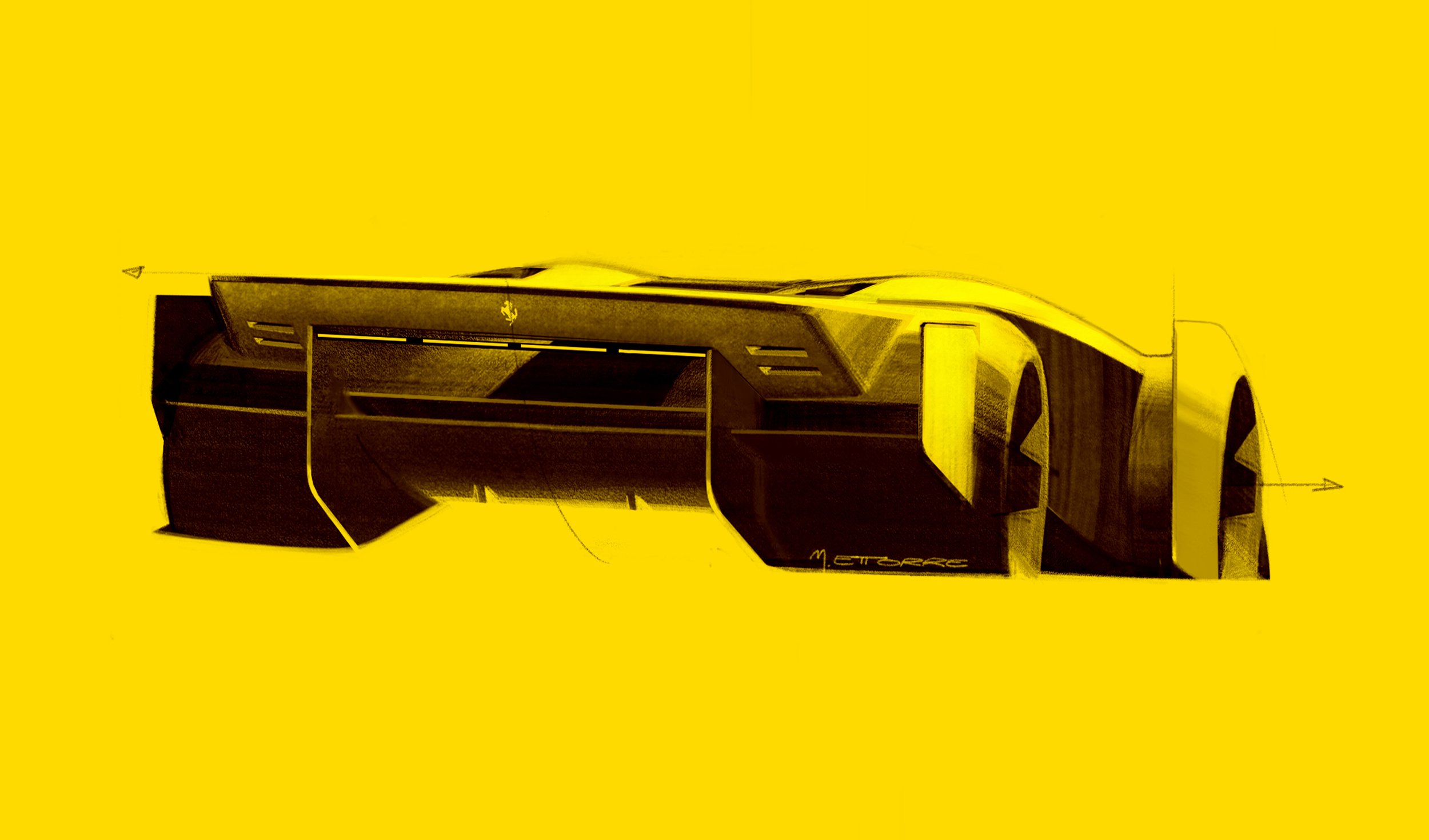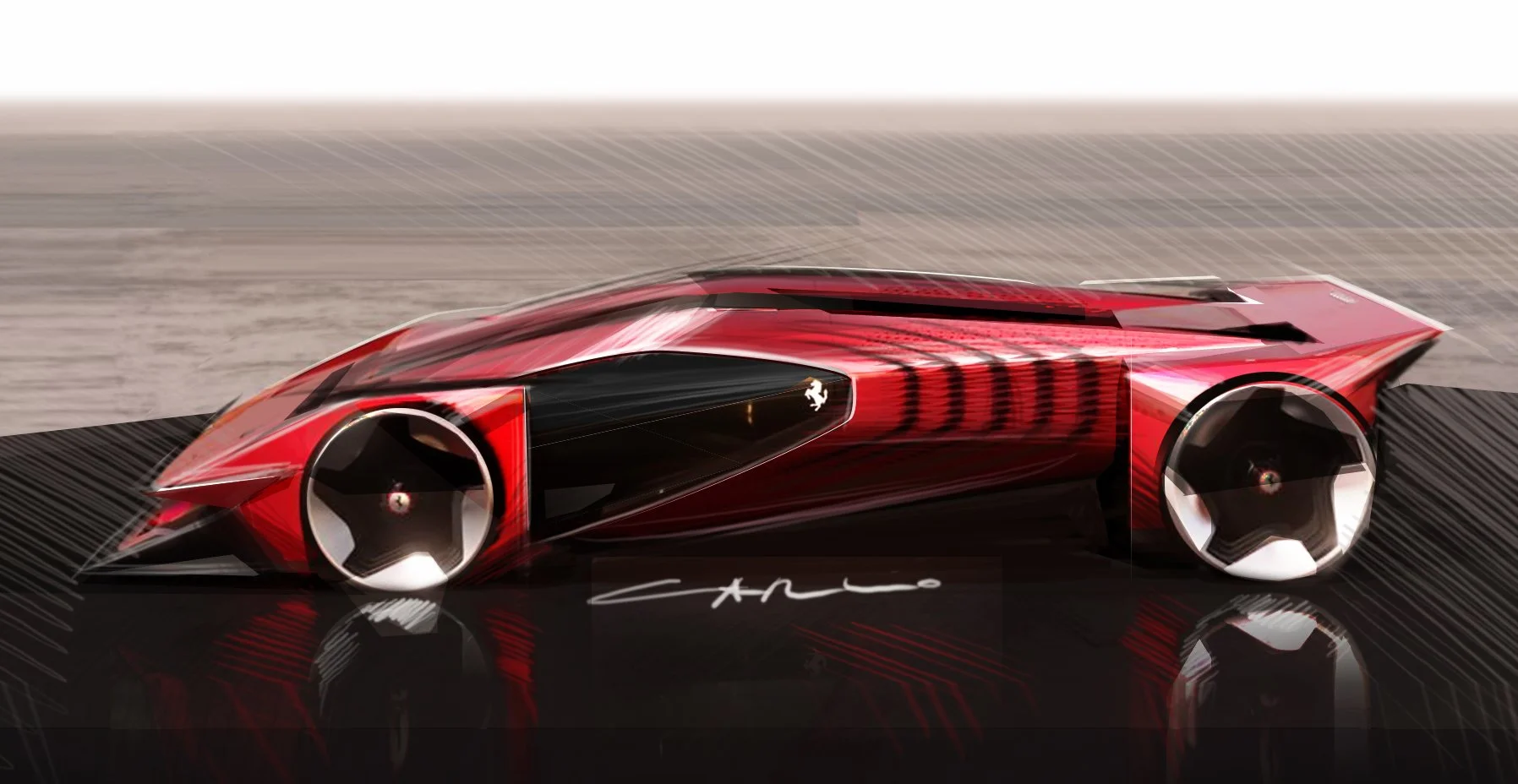Ferrari F76: The Visionary NFT Redefining Virtual Supercars
In the year of its third consecutive victory at the 24 Hours of Le Mans with the 499P, Ferrari presents the F76, the first car it creates exclusively for the digital world as an NFT. The name F76 pays tribute to the Prancing Horse’s first triumph in the legendary French endurance race, when Luigi Chinetti, with Lord Selsdon at the wheel of the Touring-bodied 166 MM barchetta, secured victory 76 years ago in 1949.
Ferrari positions the F76 not as a production car, but as a pioneering virtual supercar that unites its racing tradition with generative design and advanced digital technologies, opening a new frontier in the Ferrari brand experience for collectors and enthusiasts. Created for clients of the exclusive Ferrari Hyperclub programme, the F76 forms a key digital asset within an initiative that supports the 499P at Le Mans and in the FIA World Endurance Championship, allowing clients to follow and share this journey alongside the official team in an immersive and interactive way.
The Ferrari Styling Centre, led by Flavio Manzoni, creates the F76 as a bold design manifesto that anticipates the forms of future Ferraris. The team pursues a visionary, parametric approach to automotive design, treating form, function, and performance as a single, evolving organism. By drawing on biomimetics, architectural principles, engineering and computer science, Ferrari develops innovative aerodynamic and structural solutions that move beyond conventional styling studies and generate several patented applications for the virtual car concept.
Visually, the Ferrari F76 stands out with its distinctive double fuselage, designed to achieve the purest possible airflow management for maximum performance. Sculpted wing profiles and precise geometries channel the air to enhance efficiency and challenge traditional design rules. The separation between driver and passenger cells, aligned with the wheelbase, creates a new interaction between underbody and bodywork. At the same time, a central channel transforms the entire body into a wing that exploits ground effect. Air flows split at the front, accelerate through the central volume, and rejoin at the rear, where a second wing crowns the twin tails, increasing the efficiency of the distinctive diffuser.
Along the flanks, vertical cuts recall the Ferrari F80 and underline how this technical and stylistic language will influence future Ferrari models. This new language is expressed through the contrast between taut, technical wing surfaces and the sculptural body, with every transition refined through mathematical optimisation guided by generative algorithms to achieve aerodynamic performance with visual purity.
In the central area of the fuselages, a three-dimensional livery with lateral louvres highlights a signature element of Ferrari design. The tails integrate thermal management directly into their structure, using topology optimisation to generate complex geometries that guide cooling airflows and maximise heat dissipation from internal mechanical components in the virtual powertrain environment.
Ferrari also uses the F76 to explore structural innovation, configuring the car in a way that rethinks interior space and volumes. The project combines traditional functional requirements with radical geometries generated by advanced computational methods, demonstrating how a virtual Ferrari NFT can influence the design of real-world high-performance cars.
At the rear, two vertical profiles define the track width, while the upper wing acts as a lintel and frames the central channel as a conceptual “portal” into Ferrari’s next design era. The four iconic taillights integrate seamlessly into the wing surfaces, supporting both visual identity and aerodynamic performance.
At the front, a suspended band spans between the wings and pushes the floating splitter concept of the F80 to its extreme. Beneath this element, the twin fuselages dive towards the splitter to form ramps that emphasise the entrance to the central channel and feed lateral ducts that guide airflow over the wheels. Two pairs of retractable headlights sit laterally under the suspended band, creating a clear link between the pop-up headlights of Ferrari’s 1970s and 1980s icons and the futuristic character of the F76, giving the digital supercar a distinctive, heritage-inspired look.
Inside, Ferrari designs the F76 to amplify shared driving emotions. Two separate cockpits, enabled by drive-by-wire technology, synchronise every control input, from steering to pedals, so both occupants experience the same sensations in real time. This configuration enhances both emotional engagement and technical involvement, reinforcing the idea of the F76 as a collaborative and connected driving experience within the digital realm.
Through the F76 project, Ferrari offers Hyperclub clients an unprecedented degree of personalisation. Each Ferrari F76 NFT takes shape through a curated selection of design options, released as exclusive drops over the three-year program. Clients configure their own F76, bringing their virtual car to life and joining an elite community where Le Mans heritage, Ferrari racing innovation, digital art and blockchain technology converge in the name of pure passion.













